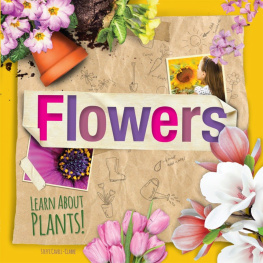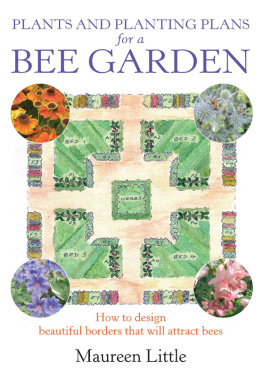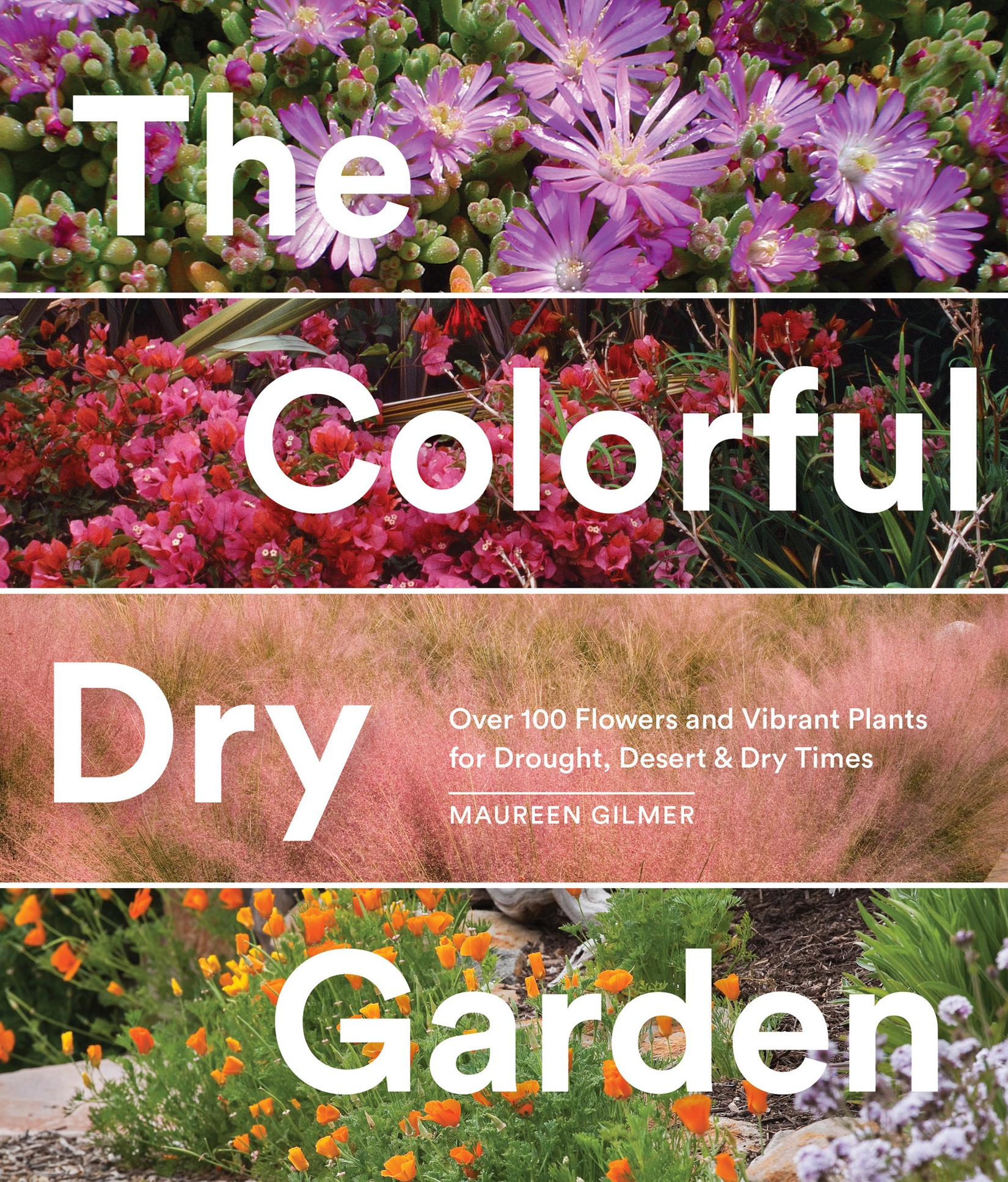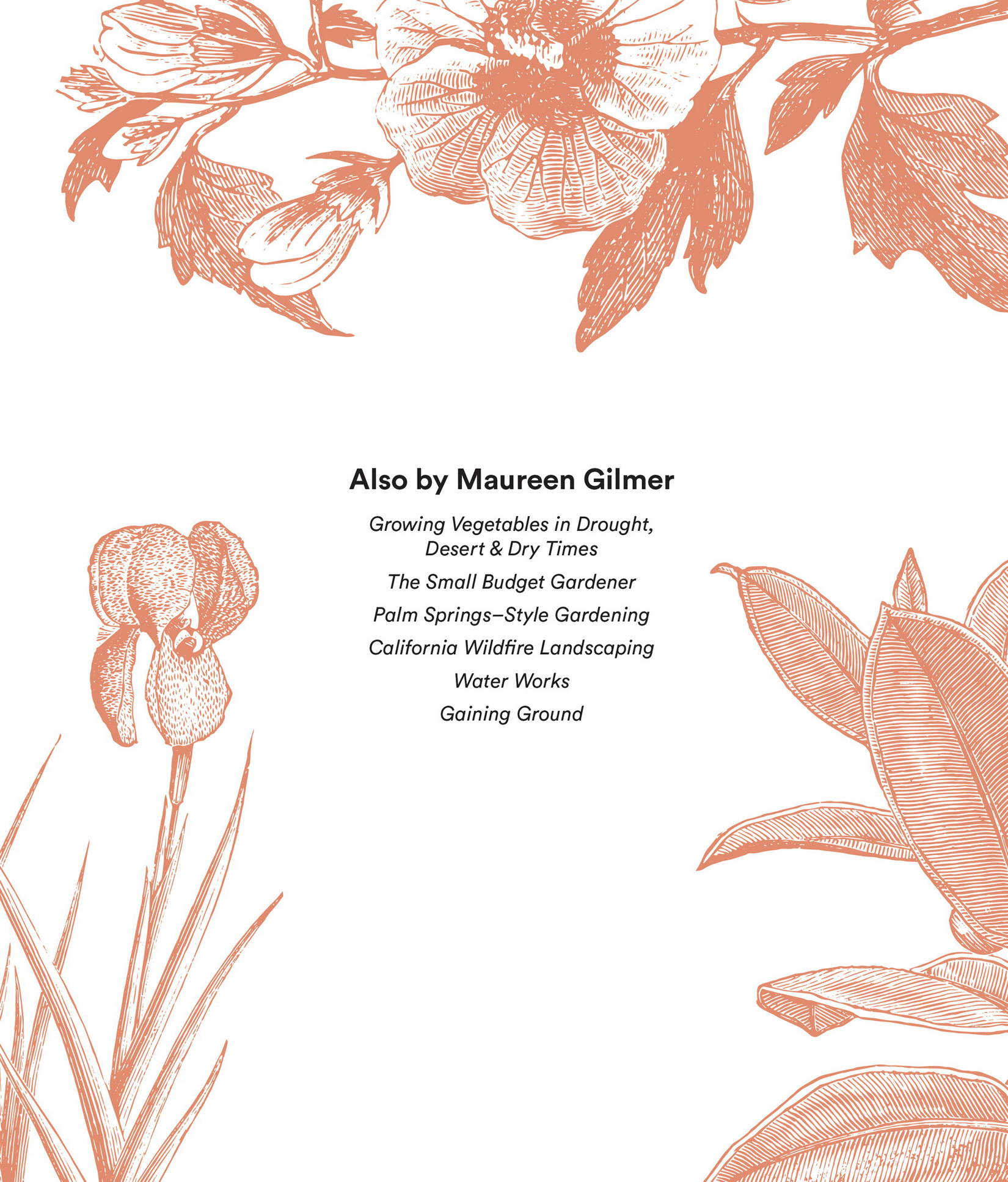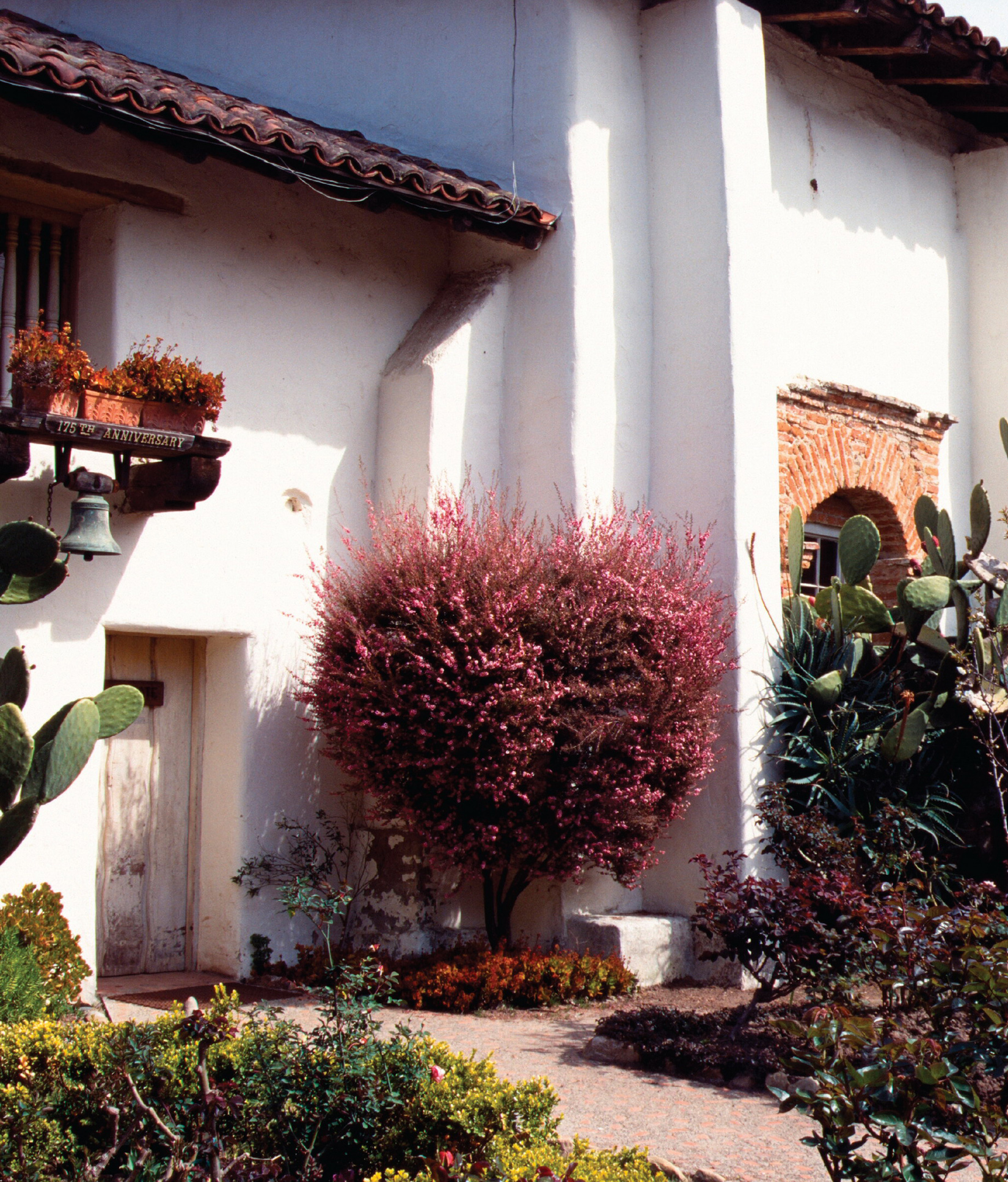Contents
Dedicated with gratitude to Jeanne Fredericks, my friend, agent, and lifelong literary partner
Copyright 2018 by Maureen Gilmer
All rights reserved. No portion of this book may be reproduced or utilized in any form, or by any electronic, mechanical, or other means, without the prior written permission of the publisher.
Published by Sasquatch Books
Editor: Hannah Elnan | Production editor: Bridget Sweet
Design: Bryce de Flamand | Copyeditor: Kristin Vorce Duran
Cover Photographs: Maureen Gilmer (front cover top two photographs and back cover photographs), Saxon Holt (front cover bottom two photographs), Creative Market.com | Jim Harter flower illustration (back cover)
Interior Photographs:
Library of Congress Cataloging-in-Publication Data is available.
ISBN9781632170637
Ebook ISBN9781632170644
Sasquatch Books
1904 Third Avenue, Suite 710 | Seattle, WA 98101
(206) 467-4300 | www.sasquatchbooks.com
Photographs on by Saxon Holt
Map illustrations by Hannah Small
All other photographs by Maureen Gilmer
v5.1
a
Contents
Introduction
Drought has always been a part of the American West, with historic reports of cyclical dry spells dating back to the Spanish period. As demand for water rises as our cities and their suburbs grow, the current supply wont be enough under normal rainfall. Add drought to such stressed infrastructure and its clear the impact will be immediate and significant. And unless you can come to terms with the water demands of your current garden, it will become a perpetual unsightly brownout as dry continues to become the new normal.
Its time to reconsider some drought-loving plants you may already know and discover some new ones that make great substitutes for the moisture lovers youre currently harboring. Dont worry, there are many beautiful flowering options for bright color in the often all-too-monochromatic xeriscape or desert garden!
As a California horticulturist, I share a deep interest in the ornamental garden and its evolution. I am a lover of vintage architecture and roses and so many plants that have lost favor because of their water-loving characteristics. The problem today is that designers have sacrificed flowers for succulents and grasses. Blossoms are seen more as pollinator havens than providers of striking beauty. We need color in drought too! Those succulents and grasses need flowers to add interesting hues, particularly in the seasons when they are drab or dormant.
Ive been making plant lists for over 30 years. My projects from the 1970s drought and my residential landscapes in the Sonoran and Mojave Deserts have allowed me to develop the optimal palette for droughty locations everywhere. These lists streamline my plant selection process because I know they are proven over time. This book evolved out of all my lists for color in desert and other arid climates that make the perfect palette for those working to overcome drought with a beautiful, floriferous drier garden. This book lends a designers understanding of contemporary and traditional West Coast styles for residential landscaping, and it provides the horticulturists view on cultivation problems and a passion for flowers. And it will give every gardener the same knowledge I use when seeking the right plant for the right space.
This book is organized into two parts. will take you through the process of transitioning to a drier garden. Because everyones landscape is unique, you can tailor the way you change your garden to suit your needs, budget, and time frame. Whether you redo your garden all at once or just plan a long incremental series of smaller changes, these basics will help you make the best choices from the very start. More garden remodeling efforts fail because of gardeners misunderstanding these basics than any other cause.
makes up our plant compendium of carefully selected species that will add flowers and color to your garden without using much water. They are organized by their role in the garden, from permanent structure (shrubs) to the canopy (trees) to perennials that can create an arid border every bit as beautiful as an English garden. One chapter focuses solely on issues of the ground plane, which are serious when you take out a lawn and must relandscape. Organizing the plants by their design function makes it more intuitive to find the plants you need easily rather than having to sift through a more scientific horticultural approach.
The exception is our primary use of botanical names because many succulents and natives lack well-known common names (or have a dozen of them). Youll need this nomenclature to ensure you get the right plant, particularly when it comes to new introductions or obscure species.
Above all, your home is the most important investment you will ever make. Allowing a landscape to wither with climate change will cost you money every single day. Moreover, when it comes time to sell, a sustainable landscape of beautiful flowering plants on quality drip irrigation will be the irresistible element that closes the deal.
Resorting to a dull, monochromatic modern look is not necessary when coping with drought. I hope this book helps you bring your garden alive with flowers and color, with birds and butterflies, so that it changes with the seasons and yet asks for few resources. Let orchid trees bloom overhead, thyme flower beneath your feet, bougainvillea drape the walls, and fabulous succulents ring around the pool. Plant with impunity from this book and you may not even notice if drought becomes the new normal.
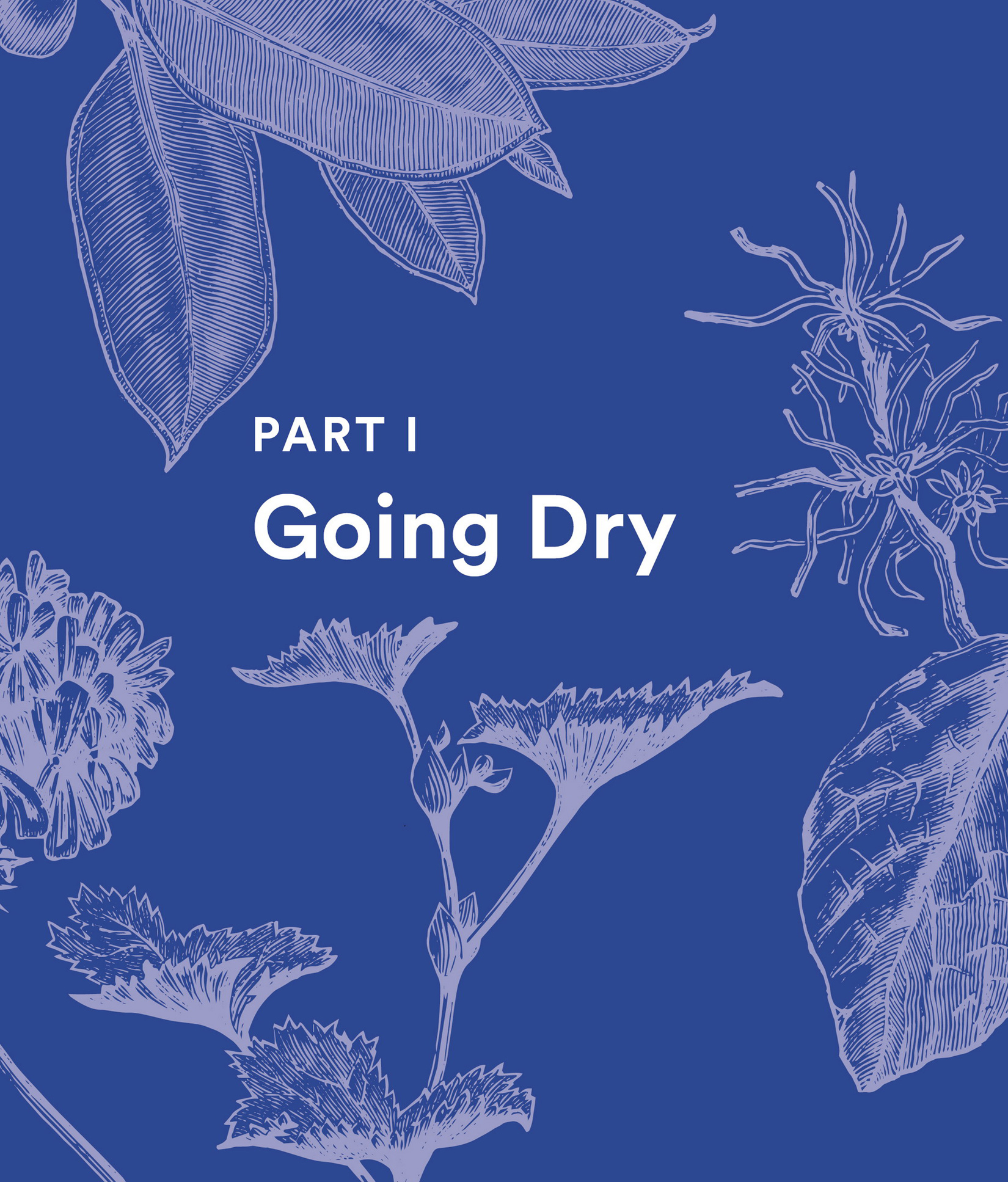
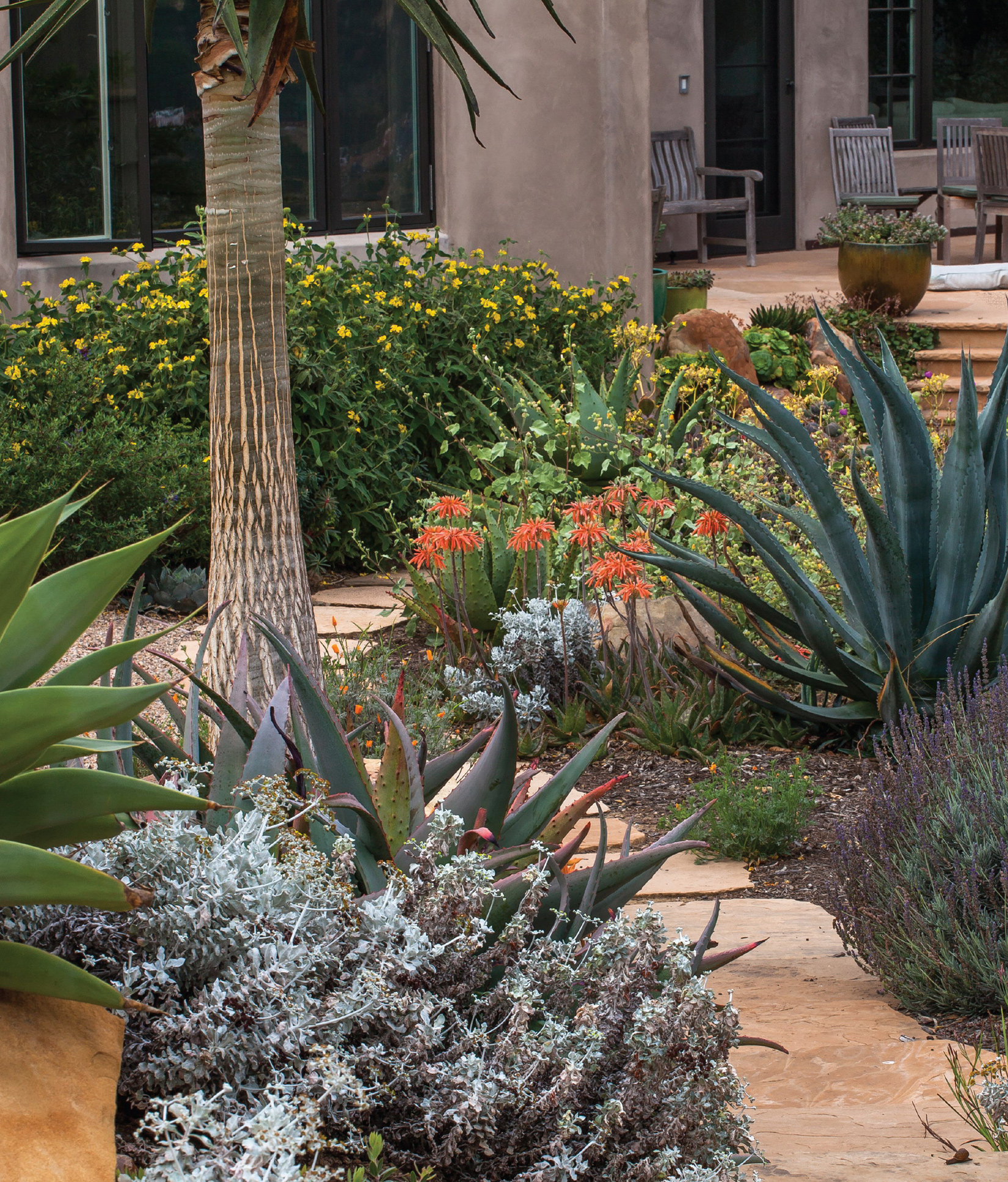
| Guidelines for Transition to an Arid Palette |
President Bill Clinton has stated that the price of doing the same old thing is far higher than the price of change. Nowadays, the cost of doing the same old thing in your garden is manifest in receiving sky-high water bills, facing financial penalties for failing to conserve, or raising the ire of your drought-compliant neighbors. Its a lot less expensive in the long run to remake your garden than struggling to keeping thirsty plants alive until the drought ends. The truth is, if climate change proves permanent, the drought may become our new normal. Failing to make a change now will cost you money and leave your home landscape looking dead and dry forever. In the long run youll end up making the same change anyway if rains fail to return as they should. Thus changing our planting designs now begins the long process required for long-lived plants to reach their mature beauty.


